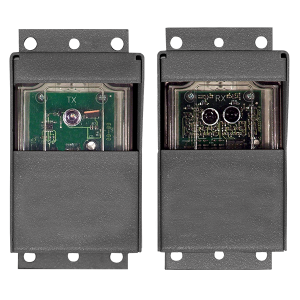Menu
Replacement Parts
Replacement Parts
Trending searches
-
Swing Gate Openers
-
Slide Gate Openers
- Barrier Arms
-
Phone Entry
-
Gate Accessories
Gate AccessoriesGate Accessories -
Replacement PartsReplacement Parts






















































































